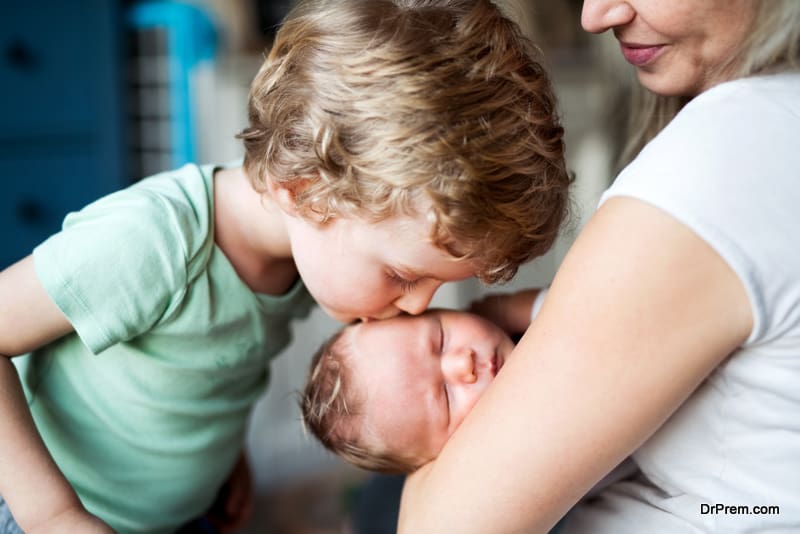Parents need to be extremely cautious when patting their babies to sleep. Any wrong action on part of the mother can turn out to be fatal and life threatening to the neonate. Non recommended sleeping position of the baby can lead to suffocation and hampered oxygen supply to its lungs. Thus, in extremely unfortunate situations, it can even suffocate to death. Here are some information on the do’s and don’ts of baby sleep for you:
Do’s
1. It is extremely crucial for the parents to understand that the baby is feeling sleepy. The baby will show some prominent indications to denote that it needs sleep. So, spot out if your baby goes on nagging and crying, rubs its eyes and continues to yawn. You must make immediate arrangements to let your baby sleep peacefully. In cases of older babies, symptoms can change a lot. They may become hyperactive and clingy. Unless you identify these symptoms of sleep and let your baby sleep soon, the process might be troublesome. In occasions when babies become over exhausted and unbearably sleepy, they face difficulty in settling down to sleep.
2. If you see that your baby sleeps throughout the day without any notable physical movement, there is absolutely nothing to worry about. Babies in their tender ages sleep more. Basically, they sleep as long as sixteen hours a day, with only break of waking up in between for feeding and changing their nappies and clothing. Till six months the situation will continue to be more or less so, though as the days advance, the baby will sleep more at nights than days. Around a month and above, the sleep will get reduced to about eleven hours at night and short naps once or twice in the daytime. During sleeping, neonates increase in height to as much as half an inch.
3. Ensure that your baby is safe when it is sleeping. It should always be allowed to sleep with its back on the bed. This prevents the chances of suffocation and breathlessness and as a consequence, Sudden Infant Death Syndrome (SIDS). So, if there is any stuffed toys, blankets, bumpers or pillows around the sleep area of the baby, remove them immediately in order to prevent accidental suffocation and blockage in inhalation and exhalation of the baby.
Don’ts
1. If you find that your baby has slept on the back seat of your car or in its play area, do not wake it up Instead, gently lift up the baby and take it to the bed. It is always better to avoid forcing the baby to change to sleeping clothes when it has fallen fast asleep. It is said that waking up a baby suddenly from sleep causes a sudden shock in her or her brain and heart. This can be quite fatal at times. The child can even face difficulty to sleep again and keep on crying. Instead of waking up a sleeping kid, what you can do is not to let the baby sleep at all in a place where you do not want it to snooze. Take the kid to its bedroom immediately and let it sleep there. But, if you are in a car and apprehend that your destination is very near, keep the baby awake by playing and talking with it. But again, if you think that the destination is still far away, let the baby sleep.
2. The baby shows a lot of sign when it is asleep. It can sneeze, take hiccups, giggle, squeak, whimper, etc. Do not immediately rush to the baby at such a first sign. It is a normal procedure accompanied by baby sleep. It gives you a sign that the baby is settling down to deep sleep. Thus, wait a bit and before to advance towards your baby, analyze if these signs continue further or repeat again.
3. Keep the baby crib associated with sleep only. But, if you connect it with any other things, such as any sort of punishment or as a way to feed your baby or any other work, then your baby will not be able to identify it as something that prompts it to sleep. Therefore, when you put it inside the crib to sleep, if might remain awake.



